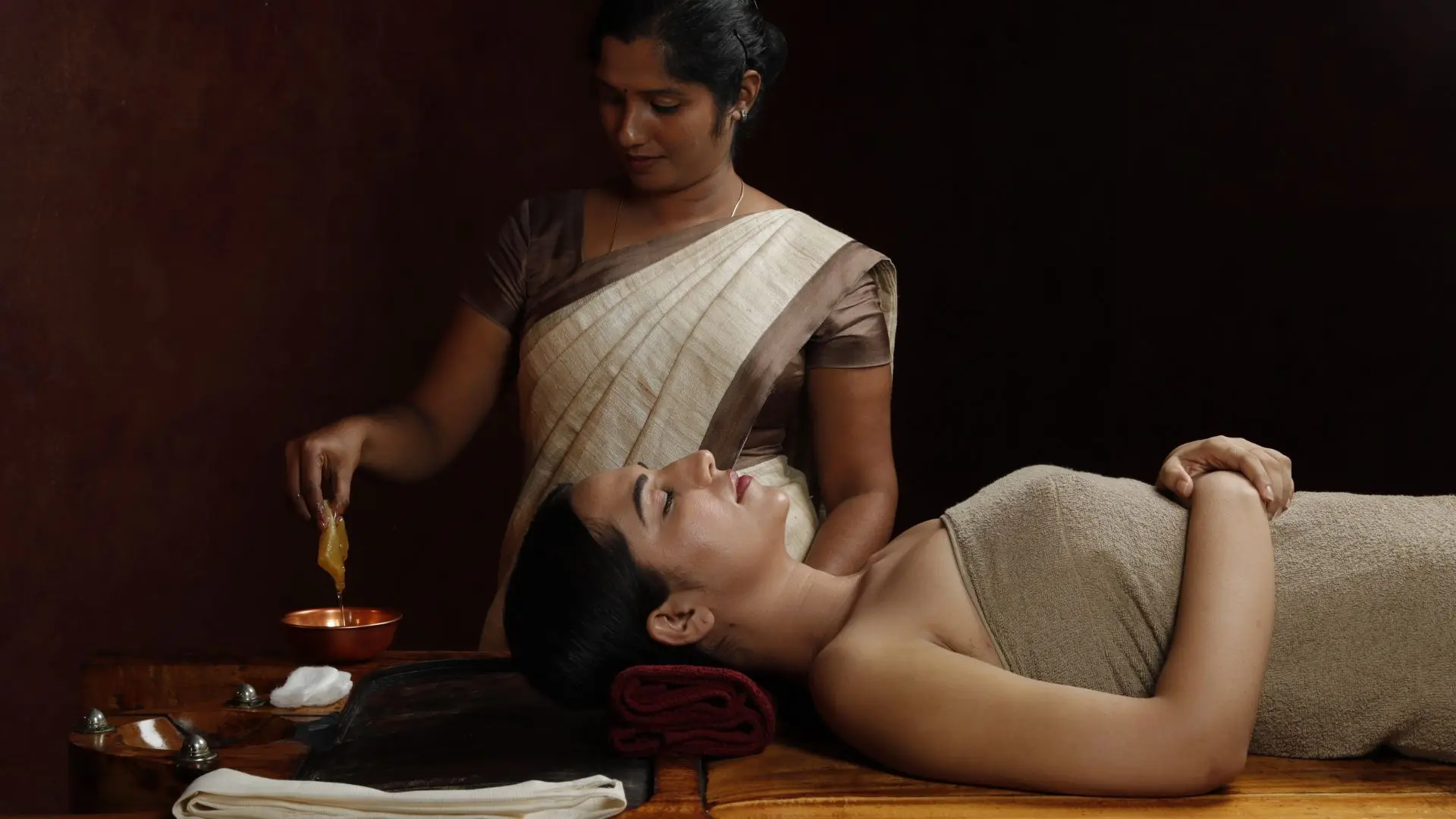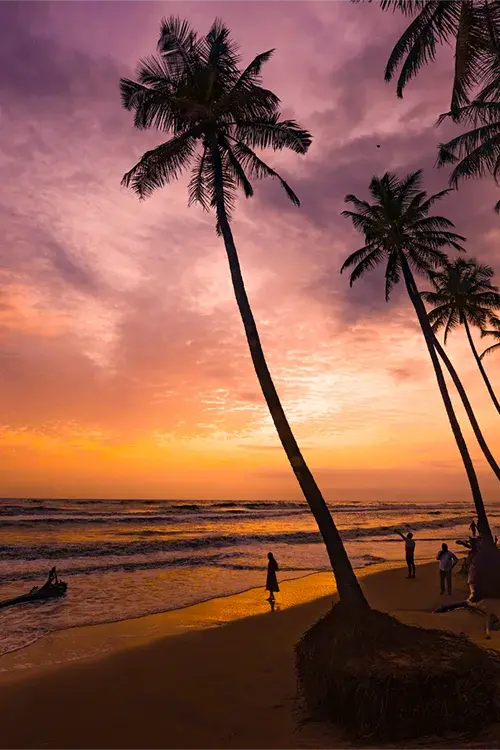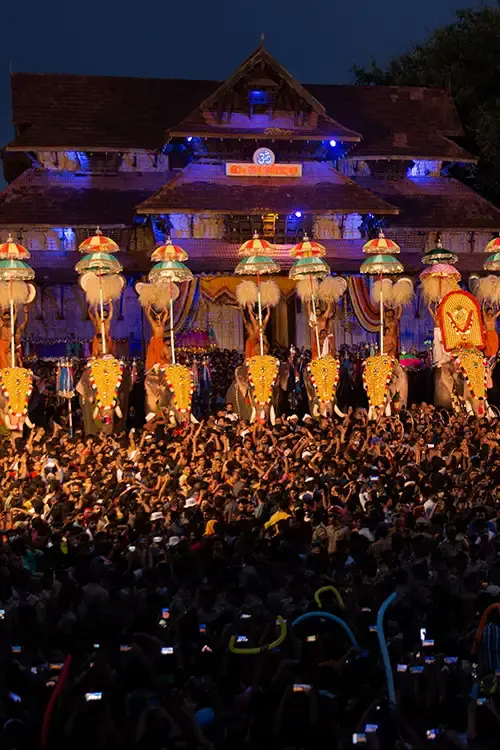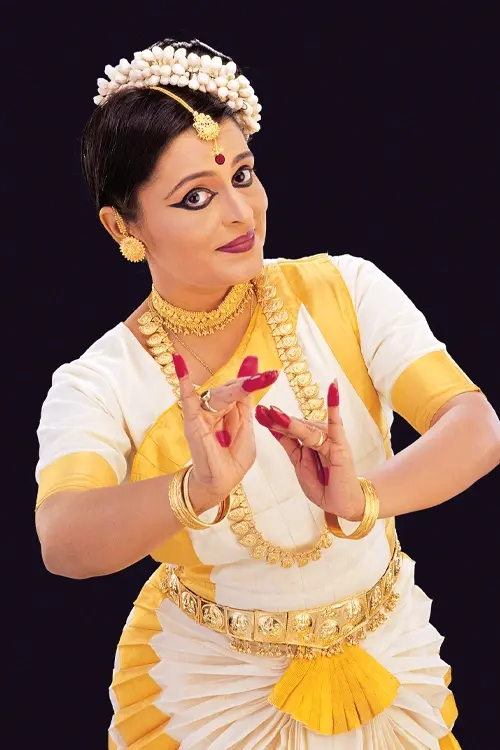Enchanting Kerala
Fort Kochi
Proximity to the sea and the backwater has contributed to the culture and lifestyle of the people of Fort Kochi. History reckons the presence of the Arabs, the Chinese, the Dutch, the Portuguese and the British in Fort Kochi. A mix of Portuguese, Dutch and British style houses from the colonial periods line the streets of Fort Kochi. Some of them exhibit an architectural blend comprising European and the traditional Kerala style.
Jew Street
A short walk from Mattancherry bus stand or from the boat jetty brings you to the Synagogue, situated at one end of the Jew Street at Mattancherry in Fort Kochi. The white facade of the synagogue is noted for its clock tower and a bell. Built in 1568 by the Malabar Yehudan people or Cochin Jewish community, the interior of the synagogue is noted for its glass chandeliers from Belgium and blue willow-patterned Chinese floor tiles. You would also find on the Jew Street, the spice market and a section occupied by tourist curio shops.
Jewish Cemetery
Among the remaining symbols of Jews in Mattancherry is their cemetery. It has tombstones in Malayalam and Hebrew and is located at one end of the Jew Street.
Mattancherry Palace
Mattancherry Palace with its medieval charm is situated on the Palace Road in Mattancherry. It was built by the Portuguese and presented to Veera Kerala Varma, the Raja of Kochi in 1555 AD. The Dutch carried out some extensions and renovations in the palace in 1663, and thereafter it was popularly called the Dutch Palace.
The palace is one of the most visited structures by travellers coming to Kochi. It is a landmark of Mattancherry with an architecture that exudes oriental style. It is marked by halls that are long and spacious and is also noted for the large number of murals, executed in the best traditions of temple art.
Jain Temple
One of the attractions in Mattancherry is the sprawling premises of the Jain Temple. Built in 1960, the main idol here is of Bhagawan Shri Dharmanath, the 15th Jain Tirthankar. The temple occupies a fairly large area with three main blocks meant for prayers and offerings. The architecture of the temple structures typically resembles that of those found in the State of Gujarat.
Indo-Portuguese Museum
Resting atop a small hillock, inside the Bishop House compound is the Indo-Portuguese Museum, where precious artifacts collected from various churches are displayed. The museum has five main sections viz., Altar, Treasure, Procession, Civil Life and Cathedral. Among the displayed items here, you would find a piece of the altar made in teak wood (16th century) from the Church of Our Lady of Hope, Vypeen; a chasuble (19th century) from the Bishop's House, Fort Kochi; processional cross, which is a combination of silver and wood (17th century) from Santa Cruz Cathedral, Fort Kochi and also Indo-Portuguese Monstrance (18-19th century) from The Church of Our Lady of Hope, Vypeen.
Dutch Cemetery
An interesting landmark that awaits you in Fort Kochi is the 284-year-old Dutch cemetery. The tombstones at the Dutch cemetery in Fort Kochi are the most authentic record of the hundreds of Europeans, who left their homeland on a mission to expand their colonial empires. The cemetery was consecrated in 1724 and is today managed by St. Francis CSI Church, Fort Kochi. From the lighthouse, it is just a short walk for you to the cemetery.
Koder House
This magnificent building constructed by Samuel S. Koder of The Cochin Electric Company in 1808 is a supreme example of the transition from colonial to Indo-European architecture. Upon reaching this building, it is a three-storied heritage boutique hotel that awaits you. It is close to the beach at Fort Kochi. Until recently, it belonged to the most illustrious Cochin Jewish family - the Koders. Presidents, Prime Ministers, Viceroys, Ambassadors and prominent dignitaries have stayed at Koder House, which is a prominent structure among the heritage buildings of Fort Kochi
St. Francis Church
A popular landmark of Kochi, the St. Francis church was originally built in timber by the Portuguese in 1503. It later got reworked with stone masonry. It is the oldest European church in India and has great historical significance in the backdrop of European colonial struggle in the sub-continent. The Portuguese explorer, Vasco da Gama was originally buried in this church, but after fourteen years his remains were removed to Lisbon. His tomb stone, however, still exists here.
Vasco House
Walking on the Rose Street, close to the St. Francis Church, you would come across Vasco House, one of the oldest Portuguese houses in India and believed to have been the residence of Vasco da Gama, the Portuguese explorer who reached Kerala in 1498. Built in the early sixteenth century, Vasco House sports the typical European glass paned windows and balcony-cum-verandahs characteristic of the times. These days, it functions as a home stay for travellers visiting Fort Kochi.
Santa Cruz Basilica
Only a walking distance from Vasco House and located on the Bastion Street is the Santa Cruz Basilica. Built in 1505 by Dom Francisco de Almeida the first Portuguese Viceroy, the basilica is noted for its two lofty spires and a remarkably bright, white-washed exterior and a pastel-colored interior. The interiors of this basilica are mostly Gothic, with the main altar decorated by the famous Italian painter Br. Moschini S.J. and his disciple De Gama of Bangalore. Artistic grandeur of this basilica is enhanced by the columns decorated with frescoes and murals, the seven large canvas paintings on the passion and death on the Cross, especially the painting of the Last Supper, modelled on the famous painting of Leonardo da Vinci and the beautiful stained glass windows.
Old Harbour House
Once you locate Tower Road, which is close to the Princess Street, you wouldn't miss one of the elegant bungalows in Fort Kochi - the Old Harbour House. Built in 1808, the architectural style of the building is a blend of Dutch and Portuguese. It was the first hotel of old Cochin and used to house sailors. Later it served as a residence to the personnel of English tea-broking firms until it was left unused for a period of time. The restored Old Harbour House, now known as Old Harbour Hotel is a stylish boutique hotel and has kept intact the original facade and architectural elements.
Fort Kochi Beach
With the towering Chinese fishing nets overlooking the Arabian Sea, Fort Kochi Beach is a popular place to hang out for locals and visitors. Besides the Chinese fishing nets, the beach is lined by small eateries and shops selling fresh catch from the sea. The beach is generally clean. At one end of the beach is a pretty Lighthouse. It was a fishing village before it got developed and formed part of the City of Kochi. The colorful carnival on New Year's Day is a major draw at the Fort Kochi Beach.
Chinese Fishing Nets
A hallmark of Fort Kochi is the Chinese fishing nets. Locally known as Cheena vala you would find these majestic fishing nets dotting the Fort Kochi beach and other places nearby. The huge cantilevered fishing nets are the legacy of one of the first visitors to the Malabar Coast. Erected here between 1350 and 1450 AD by traders from the court of Kublai Khan, these nets are set up on teak wood and bamboo poles.
Visiting Fort Kochi is like reliving the many facets of its history. This island served as home to many world cultures, that found it as a safe haven for many years. And for the modern day travellers it is still like a home away from home.






